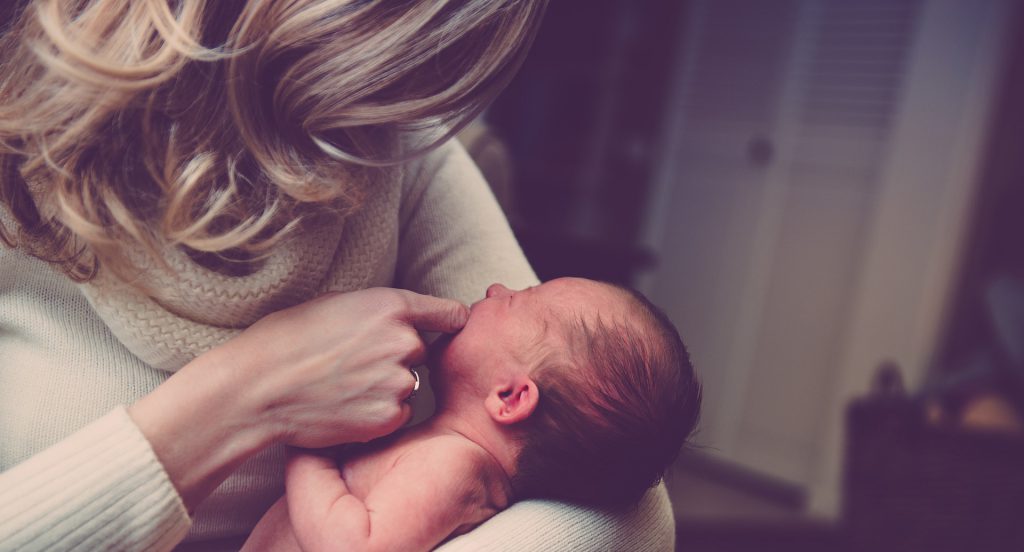Throughout Church history, mothers were very often not present for the baptism of their children for two reasons. The first is that there was a strong emphasis on early baptism of children. Baptism took place in a matter of days rather than weeks after birth. The second is that the time for the recovery of women after childbirth was, until recent times, a couple of weeks, so mothers were not physically able to be present.
By the early Middle Ages, a rite was developing for the blessing of women a couple of weeks after they gave birth. This rite, generally known as “churching,” was a blessing of women for the gift of new children, and marked their return to the Church’s liturgical life.
The development of the rite of churching was not unproblematic, however. Already in the early Middle Ages, some commentators linked the absence of the mother from the baptism of her child and her eventual churching to Old Testament notions of impurity and uncleanliness associated with childbirth. One of the principal texts used to interpret churching was Leviticus 12:2-9, which declares that women were to be considered unclean after giving birth, and that they could not touch anything holy or be in a holy place.
This teaching was not carried over into official Church teaching, but it was carried over unofficially by commentators and preachers trying to explain the rite. So the very practical absence of mothers from the celebration of baptism and the rite of churching began to take on a life of their own. The official rite was framed in simple terms of thanksgiving and blessing.
Unfortunately, the corrupt understanding of the rite of churching was carried over even into the 20th century. I can personally vouch for this, as my mother, who was churched after the birth of each of her six children, always spoke negatively of the experience, but never would explain why. It was only during my days of studying sacramental theology that I learned of the history that I have tried to explain here.
Many had a problematic understanding of this rite. The fault lay, however, not with the official ritual and theology of the Church, but with inadequate popular understanding and poor catechesis.
The liturgical reforms that came after the Second Vatican Council gave the old rite of churching a new expression. In the 1984 Book of Blessings, an Order for the Blessing of a Mother after Childbirth is provided.
The introduction states: “When a new mother has been unable to take part in the celebration of her child’s baptism, it is fitting to have a special celebration in order to provide the opportunity for her to benefit from the blessing that in the rite of baptism prompts the mother and all present to thank God for the gift of the newborn child” (No. 258).
This rite is rarely used nowadays, as modern medicine generally allows women to recover from childbirth in a matter of days, and the baptism of children generally takes place a number of weeks after birth, so mothers are able to participate.

